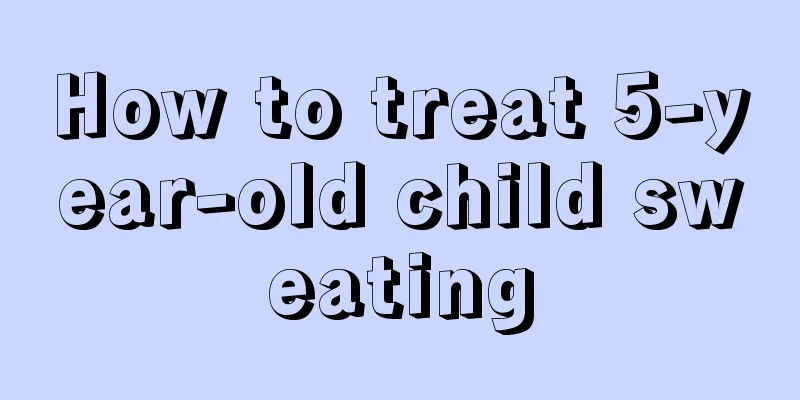What are the symptoms of calcium deficiency in children?

|
Calcium is very important for children because they are in a stage of physical development. Without rich calcium supplementation, children's bodies may not get good bone development. Therefore, we should promptly detect the signs of calcium deficiency in children in daily life to ensure the supply of nutrition. Only through daily performance can it be discovered in time. The following are the manifestations of calcium deficiency in children. Calcium is an important trace element needed by the human body. If calcium deficiency occurs, it will have adverse effects on the human body. Therefore, we must pay attention to calcium supplementation in daily life. Whether it is taking calcium tablets or diet, it is a good method. So what are the symptoms of calcium deficiency in infants? What are the prevention methods? Let me tell you about the symptoms and prevention methods of calcium deficiency in infants. Symptoms of calcium deficiency in babies The baby sweats a lot while sleeping. If your baby sweats noticeably on his head, especially on the back of his head, right after he falls asleep, and it has nothing to do with temperature or exercise, it is night sweats. Night sweats are one of the typical manifestations of calcium deficiency. Sometimes, parents will find that their baby’s back of the head or the occipital area has no hair or very little hair, which is also a manifestation of calcium deficiency. This is because after the baby falls asleep, the back of the head sweats and becomes uncomfortable, causing the head to constantly rub against the pillow. Over time, the hair is rubbed off and pillow baldness is formed. The baby cries constantly at night, has night terrors, wakes up crying and has difficulty falling asleep, or tosses and turns in restless sleep. If you rule out physical discomfort such as the baby being frightened or bed-wetting, it is most likely caused by calcium deficiency. At this time, the baby can take calcium tablets to supplement calcium. Other symptoms of calcium deficiency in infants: delayed teething, uneven and jagged teeth. The fontanelle closes slowly and still does not close after one and a half years of age. The forehead is high and protruding, forming a square skull, or the ribs are beaded, everted, or have pigeon chest. Babies over one year old who can stand and walk have X-shaped or O-shaped legs. Anorexia and picky eating may also be caused by calcium deficiency. Due to insufficient calcium intake by the human body, it is easy to cause loss of appetite, mental retardation and decreased immune function. We should pay attention to children's discomfort in daily life. Bone development and body health are inseparable from these trace elements, so we should make good use of these nutrients. Supplementing with milk and soy nutrition can meet our daily needs very well. If symptoms of calcium loss occur, you should go to the hospital for a physical examination in time. |
<<: Sleeping with a bottle in mouth will affect the growth of baby's teeth
>>: The 10 gifts that children want most, none of them are material
Recommend
What is the height and weight of a one year and three month old baby?
As the baby develops and grows day by day, from a...
What causes baby's fingernails to turn purple?
There are many times when we find various conditi...
How to care for red spots on baby's belly
The birth of the baby undoubtedly brought great j...
How to treat black spots on the white of baby's eye
The problem of black spots on the whites of babie...
How to pick your baby's nose
Many parents and friends will find that their bab...
Treatment of asthma in children
If a child suffers from asthma, it will seriously...
Baby's belly has many rashes
Because the people who come into contact with bab...
Symptoms of ADHD in 4-year-olds
Four-year-old children are very likely to suffer ...
What medicine is good for children with fever and cold?
When the baby has a cold and fever, parents are a...
Baby has a small hole in the ear
I believe many families have noticed the phenomen...
What should I do if my child has numb teeth?
What should you do if your child has night teeth?...
Why does my baby have dry stools after eating complementary foods?
To put it simply, dry stool means that during the...
How to promote children's brain development?
After a baby is born, his brain enters a slow and...
How to treat a child's knee abrasion
In life, many parents are worried about their chi...
What is the reason for the child's face to be dark yellow?
A child's face may be dark and yellow due to ...









